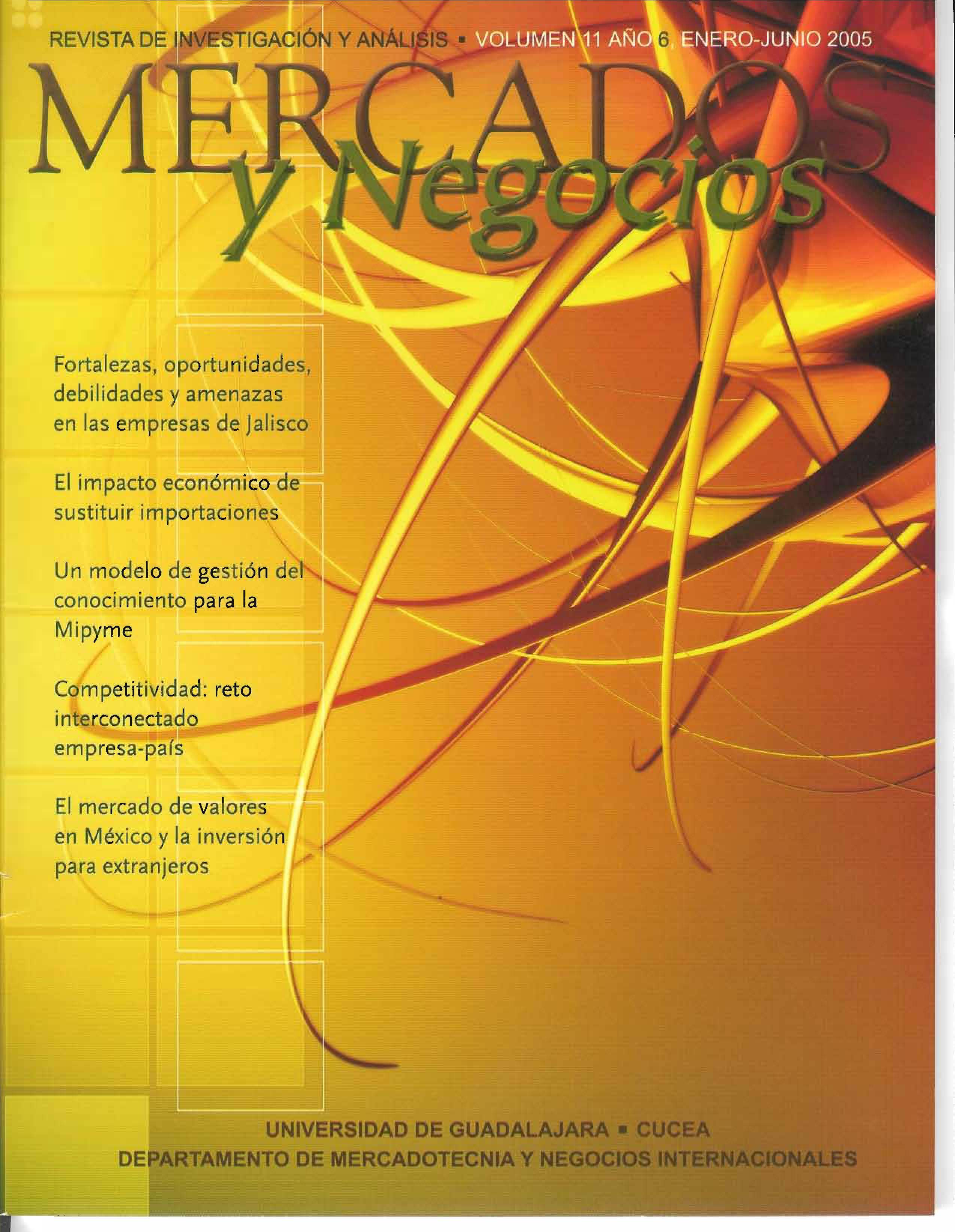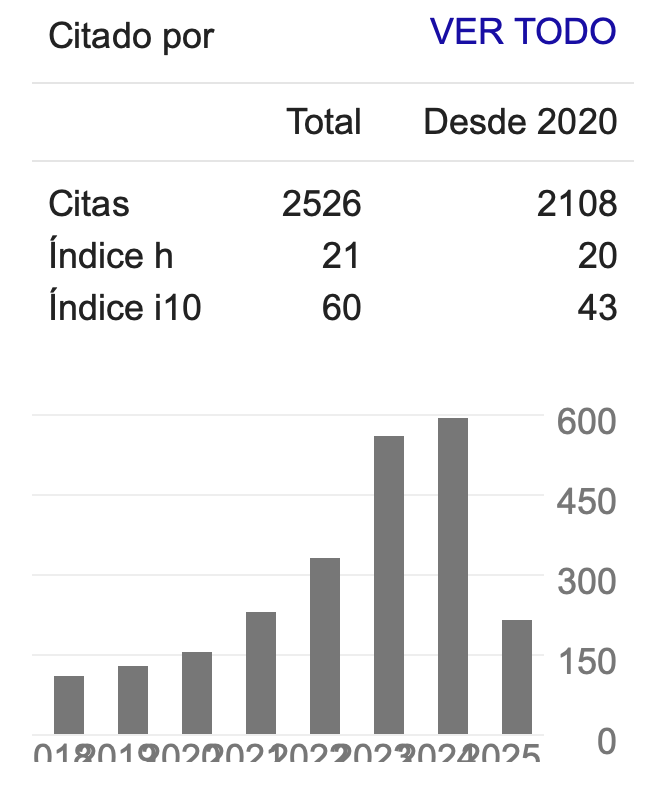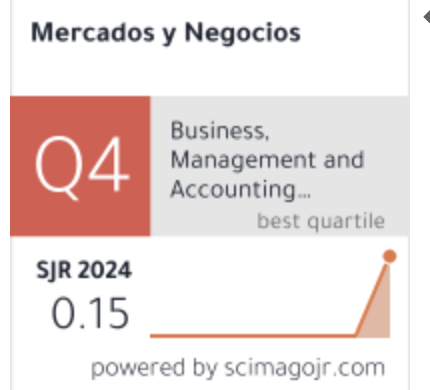Competitividad: reto interconectado Empresa-País
DOI:
https://doi.org/10.32870/myn.v0i11.4988Abstract
Las nuevas economías de apertura creciente en materia de comercio internacional han suscitado el reto en las empresas para que desarrollen ventajas competitivas ante la hipercompetencia global. En este trabajo se exponen algunos modelos teóricos en que han sido propuestos distintos factores determinantes de ventajas competitivas para las empresas. Además se presenta el enfoque holístico, que enmarca el sistema de competitividad para el desarrollo de ventajas competitivas sustentables. El análisis de los distintos modelos da una visión de que la ventaja competitiva se sustenta en factores multidimensionales que deben gestarse dentro de las empresas y propugnarse con el apoyo de políticas públicas integrales y coherentes, puesto que de las ventajas competitivas de las empresas depende la consecuencia de la competitividad del país, lo cual representa un reto interconectado entre empresa-país.References
Angel, D. P. (2002). Inter-firm collaboration and technology development partnerships within US manufacturing industries. Regional Studies, 36(4), 333-344.
Barro, R. J., & Sala-i-Martin, X. (1992). Convergence. Journal of political Economy, 223-251.
Begg, I. (1999). Cities and competitiveness. Urban studies, 36(5/6), 795.
Boyer, R., & Freyssenet, M. (2000). Les modèles productifs. Paris: La Découverte.
Brian, A. W. (1996). In creasing returns and the new word of business. Harvard Business Review, July-Aug.
Budd, L., & Hirmis, A. (2004). Conceptual framework for regional competitiveness. Regional Studies, 38(9), 1015-1028.
Casson, M. (1993). Internationalisation as a learning process: A model of corporate growth and geographical diversification. University of Reading, Department of Economics.
Chacholiades, M. C. (1992). Economía internacional. McGraw-Hill,.
Clarke, S. E., & Gaile, G. L. (1998). The work of cities (Vol. 1). U of Minnesota Press.
Dunford, M. (2002). Italian regional evolutions. Environment and Planning A, 34(4), 657-694.
Dunford, M. (2003). Theorizing regional economic performance and the changing territorial division of labour. Regional Studies, 37(8), 829-854.
Dunning, J. H., Bannerman, E., & Lundan, S. M. (1998). Competitiveness and industrial policy in Northern Ireland. Belfast, Northern Ireland Economic Council.
Flora, C. B., & Flora, J. L. (1993). Entrepreneurial social infrastructure: A necessary ingredient. The annals of the american academy of political and social science, 529(1), 48-58.
Gertler, M. S. (1995). “Being there”: proximity, organization, and culture in the development and adoption of advanced manufacturing technologies. Economic geography, 71(1), 1-26.
Healey, M. J., & Dunham, P. J. (1994). Changing competitive advantage in a local economy: the case of Coventry, 1971-90. Urban Studies, 31(8), 1279-1301.
Huggins, R. (2003). Creating a UK competitiveness index: regional and local benchmarking. Regional Studies, 37(1), 89-96.
Kitson, M., Martin, R., & Tyler, P. (2004). Regional competitiveness: an elusive yet key concept?. Regional studies, 38(9), 991-999.
Kresl, P. K. (1995). The determinants of urban competitiveness: a survey. North American Cities and the Global Economy. Beverly Hills: Sage, 45-68.
Kresl, P. K., & Gappert, G. (1995). North American cities and the global economy: Challenges and Opportunities (Vol. 7). Sage Publications, Inc.
Kresl, P. K., & Singh, B. (1999). Competitiveness and the urban economy: twenty-four large US metropolitan areas. Urban studies, 36(5/6), 1017.
Lawson, C. (1999). Towards a competence theory of the region. Cambridge Journal of Economics, 23(2), 151-166.
Lorenz, E. H. (1992). Toward a theory of industrial districts1. Pathways to industrialization and regional development, 175.
Malecki, E. (2004). Jockeying for position: what it means and why it matters to regional development policy when places compete. Regional studies, 38(9), 1101-1120.
Malecki, E. J. (2002). Hard and soft networks for urban competitiveness. Urban Studies, 39(5-6), 929-945.
Malecki, E. J. (2000). Knowledge and Regional Competitiveness (Wissen und regionale Wettbewerbsfähigkeit). Erdkunde, 334-351.
Malecki, E. J., & Tootle, D. M. (1997). Networks of small manufacturers in the USA: creating embeddedness. Interdependent and Uneven Development: Global-Local Perspectives, 195-221.
Markusen, A. (1996). Sticky places in slippery space: a typology of industrial districts. Economic geography, 72(3), 293-313.
Maskell, P. (1998). Competitiveness, localised learning and regional development: Specialisation and prosperity in small open economies. Psychology Press.
Myrdal, G., & Sitohang, P. (1957). Economic theory and under-developed regions.
Odagiri, H. (1992). Growth through competition, competition through growth Clarendon Press.
Porter, M. E. (1985). Competitive advantage: creating and sustaining superior performance. 1985. New York: FreePress.
Porter, M. E. (1990). The competitive advantage of notions. Harvard business review, 68(2), 73-93.
Storper, M. (1995). The resurgence of regional economies, ten years later the region as a nexus of untraded interdependencies. European urban and regional studies, 2(3), 191-221.
Taylor, M. (2000). Communities in the lead: power, organisational capacity and social capital. Urban Studies, 37(5/6), 1019.
Turok, I. (2004). Cities, regions and competitiveness. Regional studies, 38(9), 1069-1083.
Villarreal, R., & Villarreal, T. (2003). La empresa competitiva sustentable en la era del capital intelectual. Mexico, DF: McGraw Hill.
Voss, B. L. (2000). The Invisible Continent: Four Strategic Imperatives of the New Economy. Journal of Business Strategy, 21(6), 45-45.
Zysman, J., & Tyson, L. (1984). American industry in international competition: Government policies and corporate strategies. Cornell University Press.
Downloads
Published
How to Cite
Issue
Section
License
Mercados y Negocios by Department of Mercadotecnia y Negocios Internacionales. University of Guadalajara is licensed under a License Creative Commons Attribution-NonCommercial 4.0 International.
The author retains the copyright.








